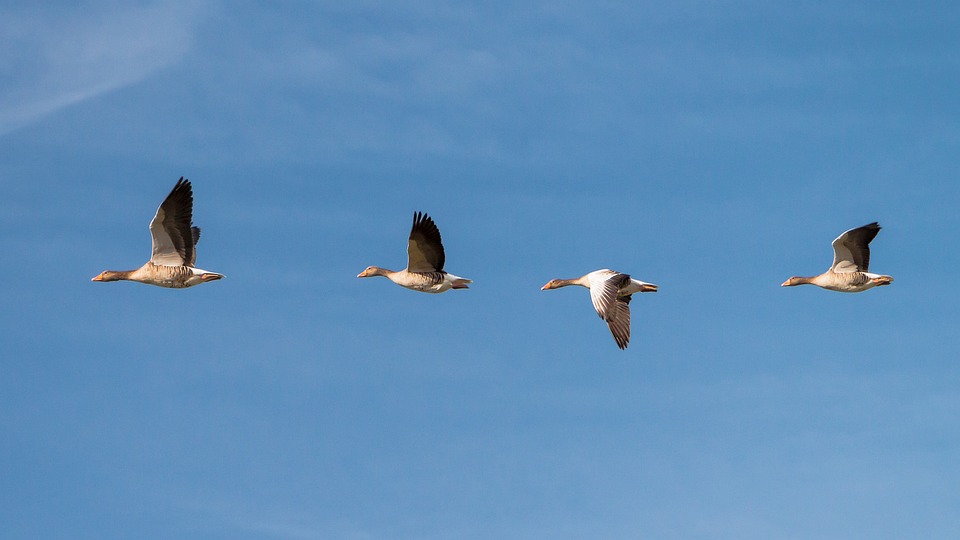Title: Rarer than You Think: Charming Facts about the Amazing Red Pandas
Image: A snow-capped mountain with lush green vegetation and red pandas bravely climbing a tree.
The red panda, scientifically known as Ailurus fulgens, remains one of nature’s most fascinating and adorable creatures. Endearing and distinct from its bear-like ancestors, the red panda is the only species within its genus and proudly bears the title of an “oddity of the animal kingdom.” Although many are bewitched by the red panda’s unconventional beauty, their existence teeters on the edge of extinction. This enigmatic species is indeed one-of-a-kind, possessing unique attributes that cater to survival in the chilly mountainous regions where they reside. Join us as we delve into charming facts about the intriguing red panda, a creature that exists seemingly rarer than we think.
Origins and Family Tree
Despite their common name, the red panda is not closely related to the giant panda or the typical bear. It is categorized under the Ailuridae family and separated distinctively into one species – the Ailurus fulgens. Originally found across Central China, Myanmar, and Nepal, red pandas have an eerie, eye-catching panda bear quality with scarlet hair coats and striking spiral-patterned tails.
Distinct Diet
As folivores, red pandas primarily feed off bamboo shoots, leaves, and stems, thus exhibiting immense tenacity to endure the tough diet. They supplement their varied diet with berries, fruits, acorns, and eggs, indulging once in a while on small prey like birds and insects.
Adapted Arboreal Creatures
Red pandas are well-adapted to an arboreal lifestyle, spending most of their time on the highest canopies of trees. This precaution renders them relatively safe from their primary predators such as snow leopards, martens, and eagles. Their furry tail provides not only an extra layer of protection during adverse weather but also acts as a dynamic device for balance when they swing from branch to branch.
A Unique Hibernation Patterns
Commonly believed to be hibernators, adult red pandas do exhibit hibernation-like behaviors in extremely cold temperatures. However, unlike many hibernating animals, they do not undergo a true hibernation process. They may instead reduce their activity levels and lower their body temperatures as a means to conserve energy and survive the frigid, harsh winter conditions.
The Importance of Conservation
The fascination and admiration for the red pandas are universal. The International Union for Conservation of Nature (IUCN) categorized them as an endangered species in 2015, primarily due to habitat loss and fragmentation, poaching, and trading. Their slow adaptation to new habitats and unique feeding patterns put them further at risk.
FAQs Section:
1. Q: Do red pandas live in groups?
A: Red pandas are generally solitary animals and tend to form territories based on food availability. They lack a social structure like humans, and the only time they interact with other red pandas is during the mating period.
2. Q: How long do red pandas live in the wild?
A: Red pandas can live for about 8-10 years in the wild; however, they can often live up to 20 years in captivity.
3. Q: Are red pandas carnivores or herbivores?
A: Red pandas are omnivores, with bamboo being their primary source of nutrition. They supplement their diet with insects, eggs, birds’ eggs, and small animals in the wild like tarsiers in captivity.
4. Q: Can red pandas fly?
A: No, red pandas cannot fly. They are, however, excellent climbers and can make daring leaps from one tree to another.
5. Q: Are red pandas pets?
A: No, red pandas are not pets. They are an endangered species of animals, and it is illegal to keep them as pets.
In conclusion, for an animal with such an enigmatic charm and uniqueness, the red panda undoubtedly captures the hearts of animal lovers and wildlife enthusiasts worldwide. Their struggle for existence in the midst of a vastly changing ecosystem highlights the dire need for conservation and efforts to ensure their survival. After saturating ourselves with knowledge and unraveling their charm and uniqueness, let us embark on the journey of conservators, advocates, enthusiasts, and strangers in rediscovering and preserving the wonders of the magnificent red panda species.



